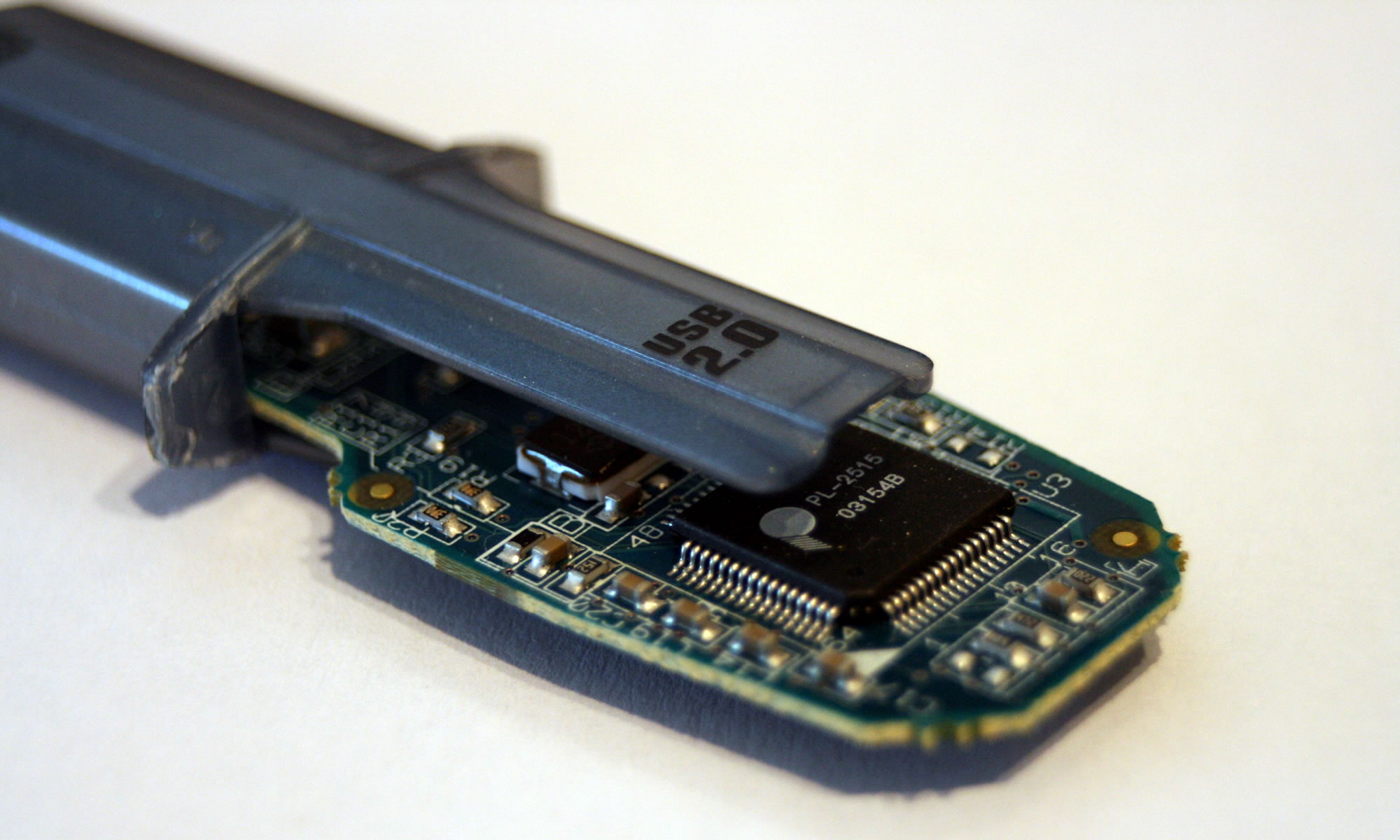I have in previous blog posts looked at QR Code implementation and how some companies implementations of QR Codes have worked or not quite worked.
Sitting down after munching some Cadbury Twirl Bites I noticed a QR Code on the back of pack and I had my phone with me, so I thought, well why not scan it.

Using Qrafter on the iPhone I scanned in the code. It took a while to scan in the code as the foil packing and colours used on the QR Code made it difficult to capture the code. It reminded me of the chocolate QR Codes that the University of Bath made for the QR Codes project we did a few years back. Generally QR Codes work best when they are black on white.
Once I finally managed to scan the code I was surprised initially that I wasn’t given the choice to open the URL that was encoded into the code.

I had to copy it and paste it into Safari manually. The reason was that the URL though correct, Qrafter didn’t recognise it was it started with landing. rather than www.
landing.cadburydairymilk.co.uk/qr/twirlbites/100
This is partly an issue with Qrafter not recognising a non-traditional URL and partly Cadbury for not putting http:// into the URL before encoding as a QR Code.
So
http://landing.cadburydairymilk.co.uk/qr/twirlbites/100
would have worked.
Having put the URL into Safari you are then faced with a mobile site for Cadbury.

Swiping as directed results in a video of a chicken crossing a road.

No I don’t really get it either, no idea what the connection is with chocolate!









